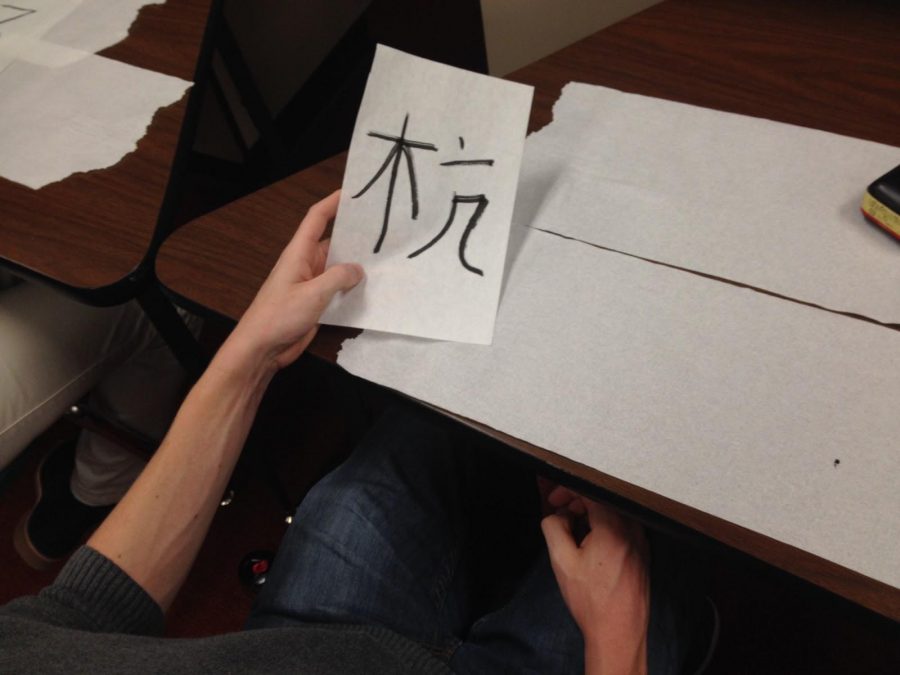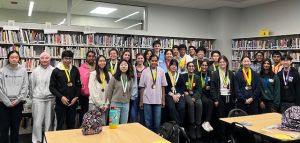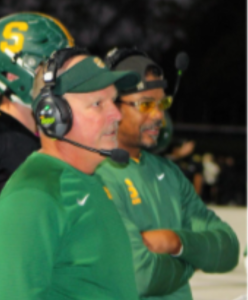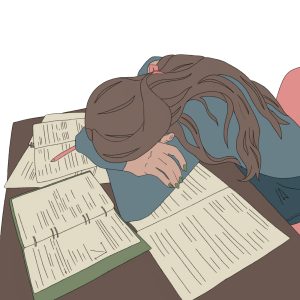Japanese program phases out
The photo was taken on Calligraphy day in Japanese Club. Sophomore Jack Pulliam is writing a character that the teacher wrote on the board. All the students in Japanese Club wrote a character which made a phrase.
November 12, 2014
One of the more uncommonly taken courses at SHS is Japanese. During the year, and because of the Japanese program fading from the district, there are only two classes that are offered.
“Currently, only Japanese four and AP Japanese [are offered]. The program started its phase-out after 2011-2012 school year. Since then, no beginning level Japanese has been offered,” Japanese teacher Mrs. Mika Wolfford said.
In both of the classes offered, students work many areas of their Japanese skills to perfection, such as vocabulary, kanji characters, and more sophisticated expressions.
“[Japanese students] get to experience various aspects of Japanese culture including music, foods, poetry, field day, flower arrangement, origami, etc.,” Wolfford said.
Wolfford also emphasizes why to choose to learn Japanese over other languages. From a teenager’s perspective, Wolfford said it is fun and different.
Although being fun and different is not the only reason one would choose to learn Japanese.
“Japan is the single largest foreign investor in Ohio with 423 Japanese companies with more than 65,000 American employees. The past few years, college graduates had difficulties finding a job when Japanese recruiters had difficulty filling their vacancies,” Wolfford said.
However, learning Japanese for native English speakers can be a challenge.
“The Foreign Service Institute did a study on the difficulty of learning various foreign languages called ‘Foreign Language Learning: A Comparative Analysis of Relative Difficulty,’ by comparing Phonology, Morphology, Syntax, Lexicology, Writing System, and Stylistics of each language they chose,” Wolfford said.
During this test, Japanese was given the rank of exceptionally difficult for native English speakers to learn.
“It took 575-600 hours for Spanish and French learners to reach a level ‘3’ in the FLS standard, whereas Japanese learners took 2200 hours to reach the same level of proficiency,” Wolfford said.
With this being said, Wolfford said the students at our school are great learners with a passion for Japanese.
“Japanese is one of the most difficult languages for the English speakers, but our students at SHS have proven so dedicated and proficient,” Wolfford said.







